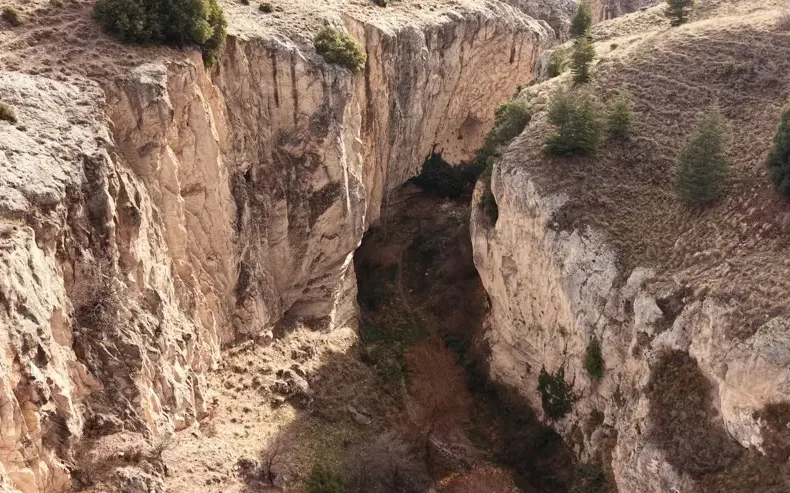
Noted by an English Traveler in 1835, Burdur’s Serençay Canyon Preserves Late Roman Settlement
In the rugged interior of southwestern Anatolia, a narrow canyon carved by nature also carries the marks of human survival and belief. Serençay Canyon, located in Türkiye’s Burdur province, was already attracting attention in the early 19th century, when an English traveler recorded its rock-cut landscape in 1835. Nearly two centuries later, the same canyon

A Roman Elite’s Marble Bathtub Reused as a Fountain Trough Discovered at Ephesus
At Ephesus, one of the most intensively studied cities of the ancient Mediterranean, archaeologists continue to encounter the unexpected consequences of urban life stretching across centuries. During the 2025 excavation season at the UNESCO World Heritage Site, a finely carved Roman marble bathtub—once associated with elite domestic life—has been uncovered along the city’s Stadium Street,
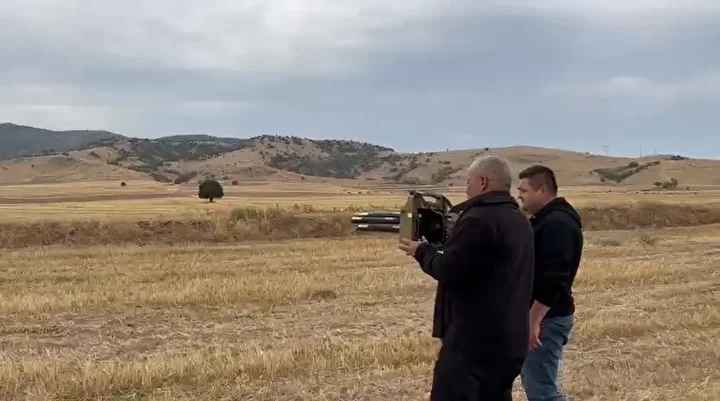
How the Crusaders Were Defeated in Anatolia: New Evidence Reveals the Route and Fortress of the Battle of Merzifon
For centuries, the defeat of the Crusader armies in Anatolia in 1101 has been known largely through fragmented medieval chronicles. Now, new archaeological and historical research in northern Anatolia is transforming that narrative. Scholars working in the Amasya–Merzifon region say they have identified the precise route taken by the Crusaders—and the strategic fortress where their
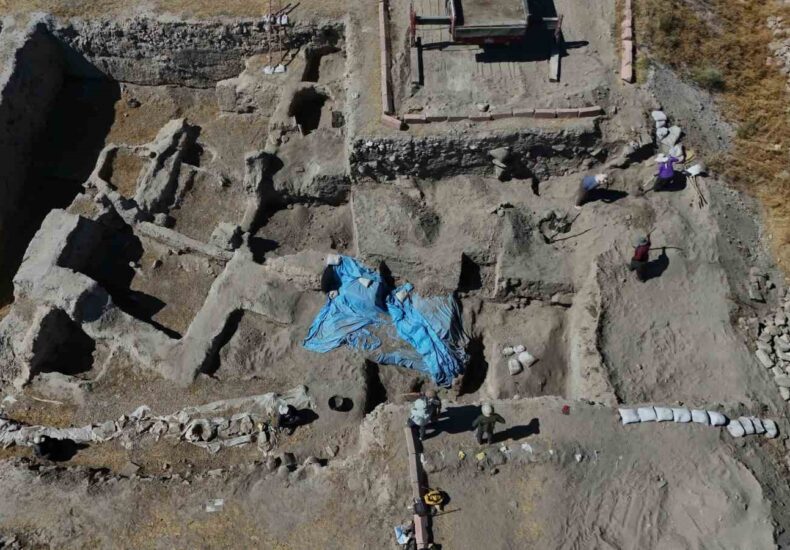
A Palace Beneath a Palace Discovered at Kültepe, Site of Anatolia’s Earliest Written Records
Excavations at Kültepe Kaniš-Karum, one of Anatolia’s most significant archaeological sites, have revealed an unexpected new layer of the past. Archaeologists have identified the remains of a monumental palace structure lying beneath a previously known palace, suggesting that centralized authority at Kültepe developed earlier—and on a larger scale—than previously understood. The discovery comes from ongoing

Restoration of the Temple of Zeus Lepsynos at Euromos Enters Its Final Phase
On a quiet hillside near Milas in southwestern Türkiye, one of Anatolia’s best-preserved Roman temples is undergoing a transformation that will reshape how the ancient city of Euromos is experienced. Restoration work at the Temple of Zeus Lepsynos, led by the Turkish Ministry of Culture and Tourism, is now advancing toward completion, with the project

Late Roman Palace Hall with Rare Mosaics Discovered at Hadrianopolis in Northern Anatolia
The moment archaeologists lifted the soil, the floor answered first—a near-intact mosaic field, still crisp enough to read like a visual statement of power. At Hadrianopolis, the ancient city in Karabük’s Eskipazar district in northern Anatolia, excavators have uncovered a mosaic-paved reception hall interpreted as part of a palace-like complex. The Find: A Formal Reception
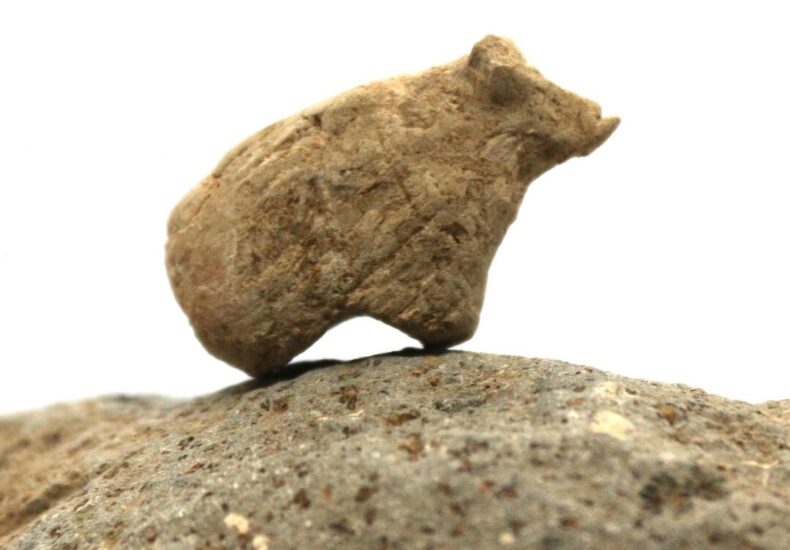
The 9,000-Year-Old Figurines of Gürcütepe Illuminate Life After Göbeklitepe
The first light over the Harran Plain has a way of turning everything into pale gold. From a distance, Gürcütepe looks like nothing more than a gentle rise in the landscape—quiet, unassuming, easy to miss. Yet beneath its surface lies one of the most revealing chapters in the story of how early societies redefined themselves
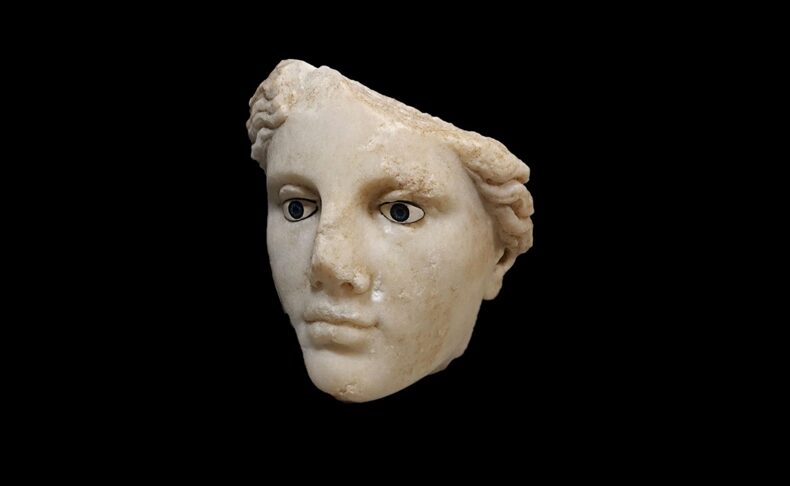
Monumental Hellenistic Goddess Head Unearthed in Metropolis: Early Analysis Suggests a Link to Hestia
The ancient city of Metropolis, set among the orchards and gentle hills of Izmir’s Torbalı district, has delivered one of its most impressive finds in recent years. Archaeologists working in a structure identified as a commercial building have uncovered the finely carved head of a monumental marble statue—a discovery that may redefine what is known
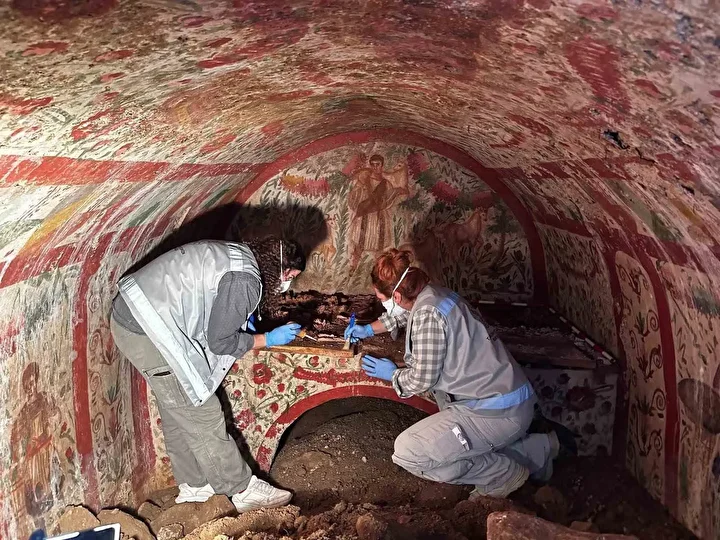
A Rare “Good Shepherd” Depiction Emerges from a Hypogeum Tomb in İznik
A quiet corner of Hisardere Nekropolü in İznik has produced a discovery that specialists are calling one of the most remarkable Early Christian finds in recent years: a painted “Good Shepherd” (Çoban İsa) figure, believed to be the only example of its kind ever documented in Anatolia. The scene was uncovered inside a carefully constructed
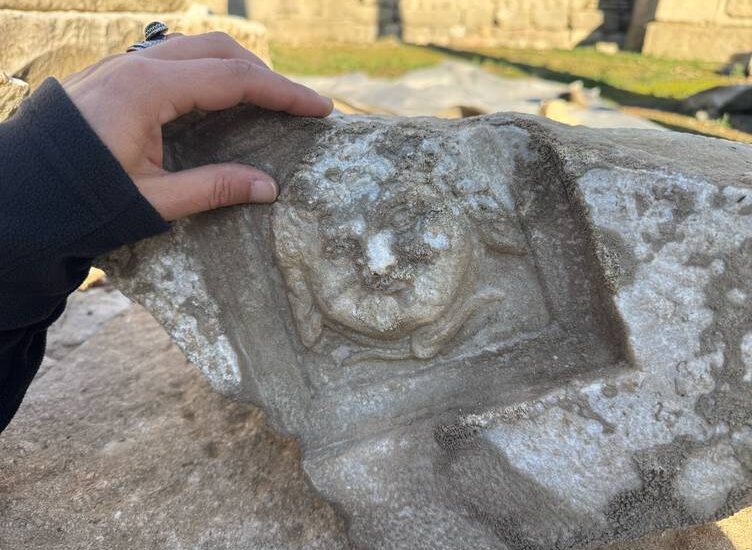
A Smiling Medusa Discovered in the Ancient City of Amastris on Türkiye’s Black Sea Coast
Archaeologists working in Amasra have uncovered a highly unusual depiction of one of antiquity’s most iconic mythological figures. A Medusa carved not with a terrifying expression, but with a gentle, almost smiling face has been found among the ceiling coffers of a monumental Roman stoa. The discovery offers a new perspective on the artistic choices
